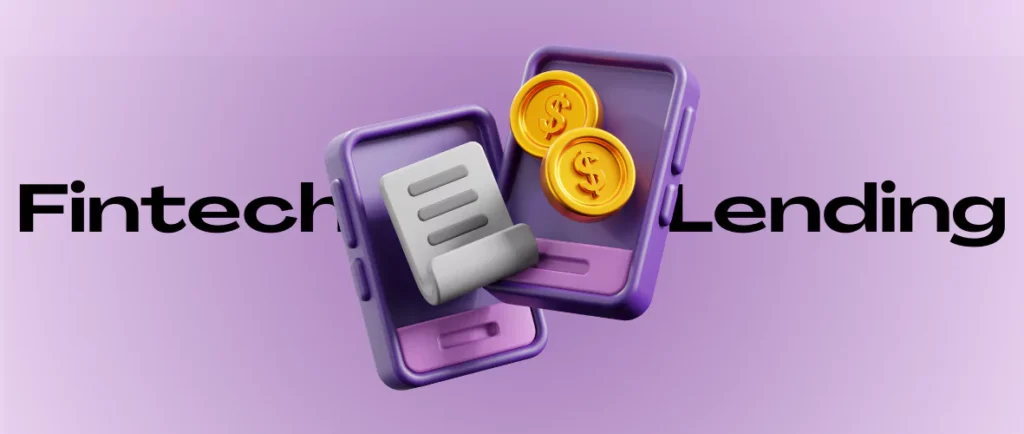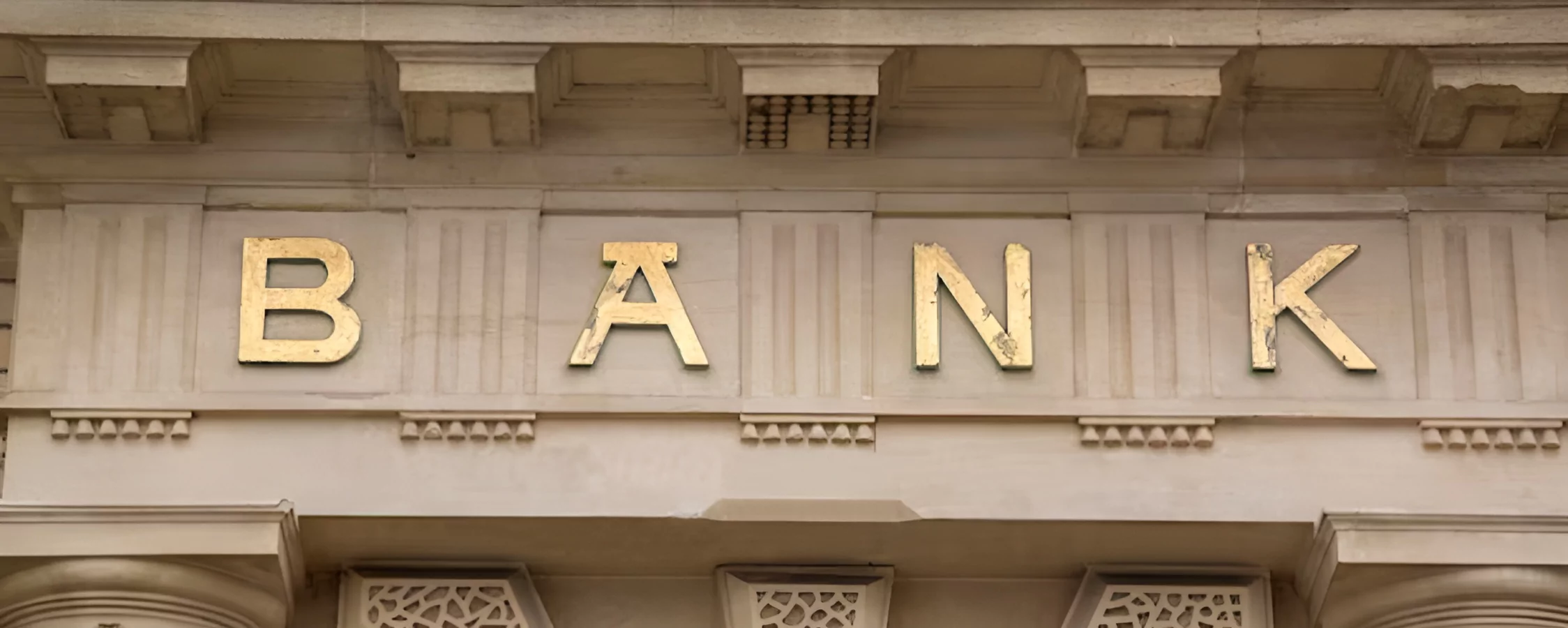The fintech industry has rapidly transformed how individuals and companies manage their finances using innovative digital technologies. From mobile banking apps to peer-to-peer lending platforms, fintech startups are disrupting traditional financial sectors. Several key types of fintech businesses are reshaping the marketplace.
In this article, we will explore the top areas of fintech including digital banking, embedded finance, wealth management, personal financial management, digital payments, fintech lending, and insurance technology or InsurTech. Understanding these core fintech categories is essential for both consumers and financial professionals.
Digital Banking
Digital banking refers to Internet and mobile-based financial services provided by both online-only challenger banks as well as traditional brick-and-mortar institutions. The applications offer a full suite of products via smartphone interfaces including checking and savings accounts, bill pay, balance transfers, and automated money management tools. They typically feature low or no monthly fees, high yields on deposits, and early direct deposit availability.
Notable digital banking leaders include Chime, Varo, and Revolut which have gained popularity for seamless user experiences and perks like payroll advances. Thanks to strong digital capabilities and a focus on consumer needs, these startups are posing a threat to legacy providers slow to adopt tech-driven models. Digital banking provides customers with convenient, on-demand money management anywhere through connected devices.
Embedded Finance

Embedded finance is one of the types of fintech that is described when financial services become part of non-financial platforms and products. Fintech companies leverage application programming interfaces (APIs) to insert banking and payment tools directly into experiences like e-commerce sites, marketplaces, and business software.
For example, companies like Fast and Brex let online sellers directly manage payday schedules, funding, and cash flow right from existing workflows within accounting and invoicing platforms. Ridesharing apps offer peer-to-peer remittances and payroll services between drivers and passengers. Embedded financial options seamlessly match banking functionality with relevant contexts, enhancing the value of both fintech and host applications. As a result, embedded finance promises greater utility and customer loyalty across diverse sectors as long as partnerships continue merging banking deeper into everyday activities.
Wealth Management
Wealth management fintech helps individuals and families invest money to grow long-term savings over their lifetimes. Digital investment platforms automate and simplify investment portfolio creation and monitoring using goal-based frameworks. Robo-advisors leverage algorithms to derive personalized investment allocations matching any risk level, from ultra-conservative to highly aggressive growth.
Offering low-fee mutual funds, ETFs, and advisory accounts, these startups remove human financial advisor bias to administer low-maintenance, passive investment strategies. Some also provide cryptocurrency and alternative asset exposure. Wealthfront, Betterment, and Wealthsimple are among the leading wealth management firms capitalizing on millennial demand for easy digital planning tools ideal during periods of change. Automated fintech options broaden access to sophisticated wealth accumulation.
Personal Financial Management (PFM)

PFM applications help users track budgets, incomes, and expenses, and analyze spending patterns through connected bank accounts. Providing a holistic view of financial health through a single hub, these tools aid money monitoring including bill reminders, savings goals, and credit score insights. Features can also incorporate income/expense forecasting, investing goals, insurance premium trackers, and more. Budgeting apps that hook into financial institution transaction history grant seamless portfolio oversight.
Companies like Mint, You Need a Budget (YNAB), and Personal Capital streamline daily finance admin while detecting potentially costly habits. PFM tools instill financial discipline by automating record-keeping for customized savings and debt solutions. Their popularity indicates a growing demand for tools empowering proactive behaviors through tailored data.
Digital Payments
Digital payment systems underpin a shift away from cash toward electronic transaction methods like online banking, mobile wallets, payment cards, and peer-to-peer services. PayPal, Venmo, and Zelle set the standard for effortless P2P money sharing while Apple Pay, Google Pay, and Samsung Pay seamlessly settle retail purchases. Fintech startups also provide back-office digital billing solutions, invoicing networks, and payroll/expense tools powering B2B commerce.
Blockchain infrastructure has enabled cryptocurrency exchanges to facilitate public ledger-based transactions worldwide. This helps many businesses accept cross-border funds without legacy constraints. Digital payments streamline person-to-person and B2B financial interactions by removing paper-based friction between counterparties. As infrastructure standardizes globally, expect greater ubiquity of fintech settlements displacing cash.
Fintech Lending

Fintech lending platforms utilize advanced technology and alternative data to provide consumer credit through faster, more flexible options than banks. Some companies deploy algorithms and machine learning to analyze employment, education, rental history, and more when adjudicating loan eligibility. This allows credit assessments outside traditional models focusing narrowly on FICO scores. P2P marketplaces match borrowers directly with lenders by showcasing individual profiles and interest rates.
Companies like LendingClub, Prosper, and SoFi connect borrowers to large institutional investors and individual lenders directly. Automated underwriting then guides loan setup, disbursement, and repayments. Small businesses leverage financing platforms to raise working capital through alternate funding sources outside conventional bank routes with lengthy wait times. Fintech lending promotes inclusivity and capital access through alternative data-driven techniques assessing individual merit beyond rigid boxes.
InsurTech (Insurance Technology)
InsurTech draws on digital capabilities to modernize insurance products and operations. Companies develop and sell customized policies online focusing on specific niches and crowdsourcing underwriting datasets. This includes options like pay-per-mile auto policies. Telematics-embedded devices feed real-time driving behavior analytics guiding pricing adjustments. Health insurers leverage wearables and preventative care rewards engaging policyholders to mitigate risks proactively. On-demand platforms expedite agents and claims handling functions.
Data insights personalize premiums calculating probabilistic losses. InsurTech also applies blockchain-distributed ledgers securing encrypted transactions and streamlining processes throughout claims lifecycles with cryptographic proof of policy updates. Overall, these startups aim to price insurance more equitably through dynamic risk models pairing covers directly to customer needs with seamless digital experiences optimizing both consumer and provider economics.
Conclusion | Types of Fintech
Fintech continues to transform financial industries through innovative technologies with its many types powering banking, payments, lending, investments, and insurance. Digital disruption raises efficiency while lowering barriers to tailored options improving lives globally.
Understanding the core categories driving change helps you navigate both personal finance as well as regulated industry participation. The continuous blending of fintech within existing systems promises even richer experiences ahead as digital and traditional realms increasingly converge. Whether for consumer advantage or competitive differentiation, applied emerging technologies shape finance’s future across every product domain touching customers and commerce daily.













